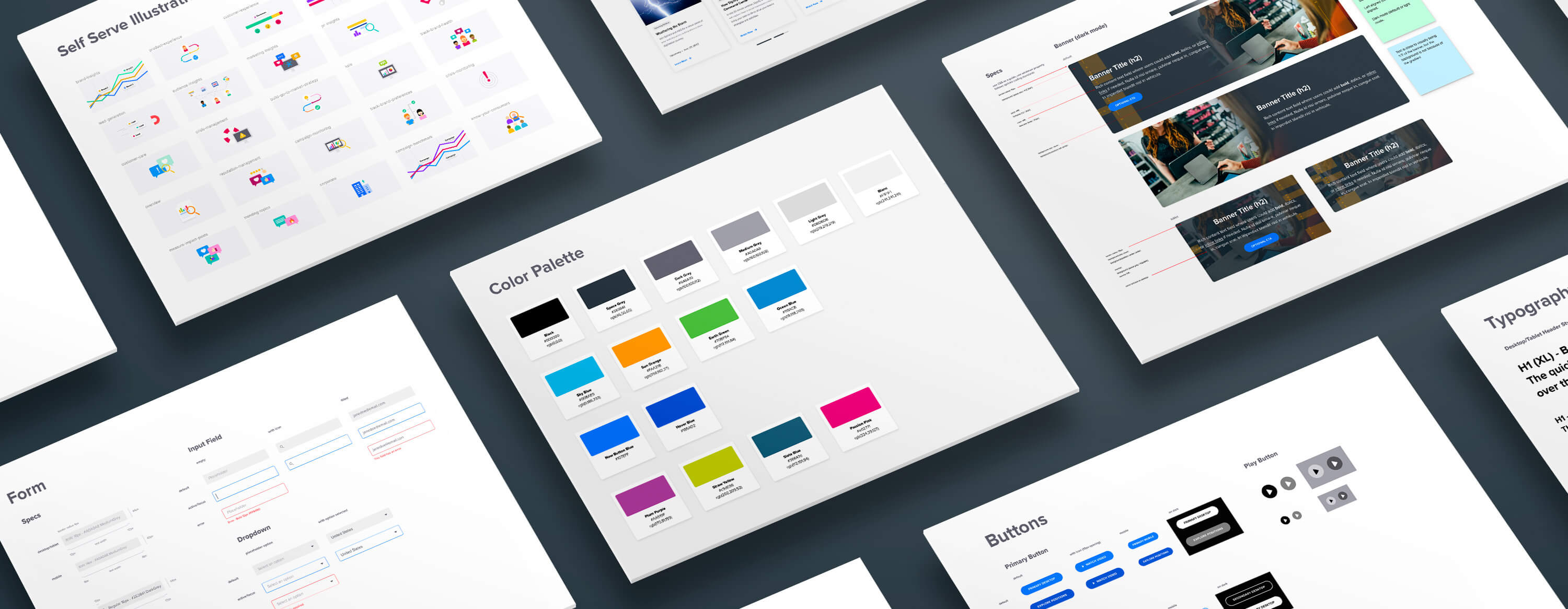Introduction
Becoming a public company is a pivotal moment in any startup’s story. The expectations shift, and the website that once did “just enough” has to operate at an entirely different scale.
When I joined Sprinklr in 2020, the company was already a startup unicorn valued at approximately $2.7 billion, yet the site was still in its MVP stage — just 36 pages, with visual styling loosely modeled after another brand. It had served its purpose, but it wasn’t built to scale.
With an IPO on the horizon, we didn’t just bring structure to what existed, we reimagined it. I helped define a new visual language for the web, established scalable patterns, and rebuilt key pages with flexibility and growth in mind. Sprinklr (NYSE: CXM) launched on the New York Stock Exchange in June 2021.
Context & Challenges
The original site had been built quickly by the product design team, with design files in Sketch — a tool we had already phased out in favor of Figma. There was no design system or documentation, and the infrastructure wasn’t equipped to handle the scale the company was aiming for.
- There was no marketing leadership when I joined. Without a CMO, design director, or design team, I had to quickly balance immediate needs with building scalable design practices
- The brand was evolving, Sprinklr updated its logo and visual identity during my tenure, but no system or guidelines had been established for the web
- No reusable components or working design files to build on
- Shifting brand directions as marketing leadership took shape required adapting to multiple new priorities and creative approaches
